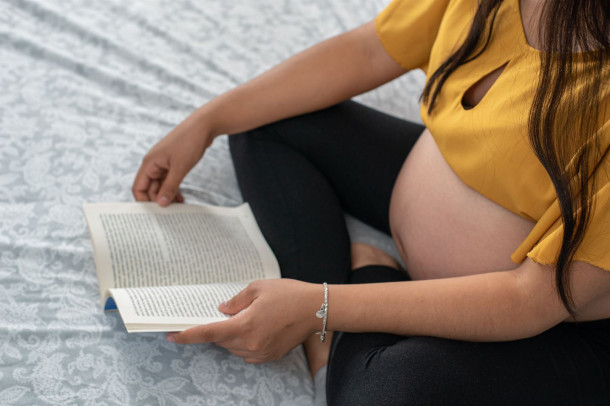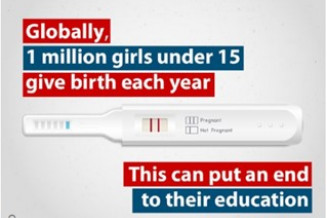News
Pregnancy and the right to education

What if you could not even ask yourself this question because it would be illegal in your country to go to school, during or after pregnancy?
According to UNESCO monitoring tool HerAtlas, worldwide, 4% of countries restricted the right to education of married, pregnant and parenting girls and women in 2019 in their legal framework. The restrictions could either prohibit them from attending school or sitting an exam, limiting them to attend adult or evening classes, or separating them from their peers and isolating them for fear that they would ‘influence’ other students

Yet recently, several countries in the African region have put an end to such bans, including with support of UNESCO. For some, they had been in place for decades:
- In 2020, the Central African Republic adopted a child protection code, notably guaranteeing that pregnant and parenting girls are allowed to resume their studies.
- In 2021, the United Republic of Tanzania adopted a new circular, expressly stating that pregnant and parenting girls are allowed to go to school, and that they should resume their schooling at the same level as prior to dropping out. The circular also specifies that pupils who return to school after having dropped out should receive guidance and counselling, so as to ensure their psychological development is at per with that of the other students.
- In 2022, Cameroon followed a similar path with a new circular that gives pregnant girls the right to stay in school until the 26th week of pregnancy and possibility to resume their schooling after birth.
- In 2020, Sao-Tome and Principe and Sierra Leone, and Togo in 2022, have also repealed existing bans on pregnant and parenting girls preventing their schooling without, however, adopting further legal protections to explicitly guarantee their right to education.
Number of countries restricting the right to education of married, pregnant and parenting girls in their legal framework overtime

Worldwide, the adolescent birth rate has fallen from 56.4 births per 1000 adolescents aged 15–19 years in 2000, to 41.2 per 1000 in 2020 (WHO, 2021).
Despite progress, this still constitutes a significant number of girls giving birth as children.
Measures regarding the right to education and pregnancy, protective or restrictive, are often contained in policies and plans, rather than clear provisions in laws. However, legal frameworks that explicitly prohibit discrimination based on pregnancy in the educational environment and/or protect the right to education of pregnant or parenting girls, provide a strong and robust protection of girls’ and women’s rights, including their right to education. It sets the ground for more precise measures to guarantee adolescent girls’ health and welfare.
Through Her Atlas, UNESCO will continue to advocate for the removal of legal barriers to pregnant and parenting girls’ right to education and encourage the modification of legal frameworks, until all countries put an end to such discriminations!
- Discover more on HerAtlas
- Read our new status report “Protect her rights, strengthen your laws”
- More on UNESCO’s work on the right to education
- Check Her education, our future initiative





